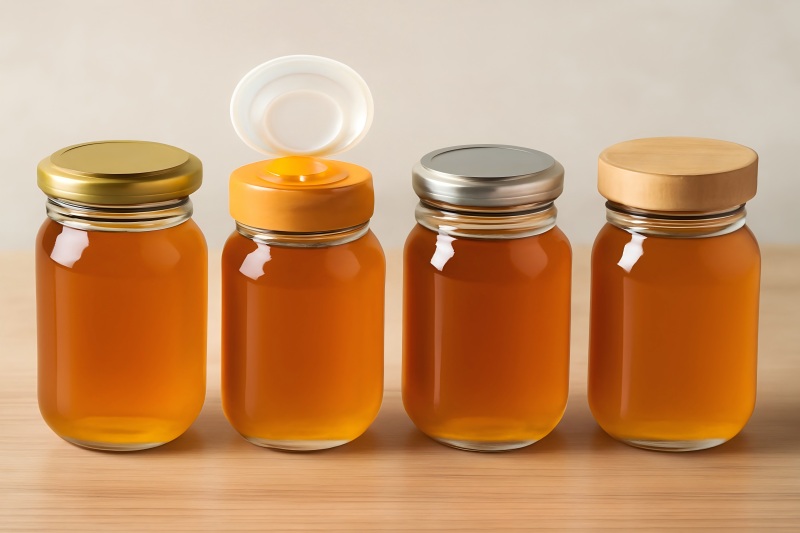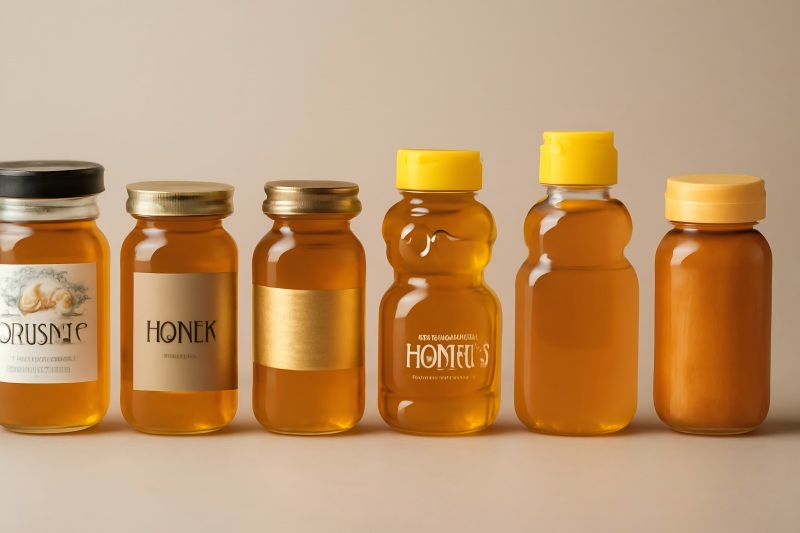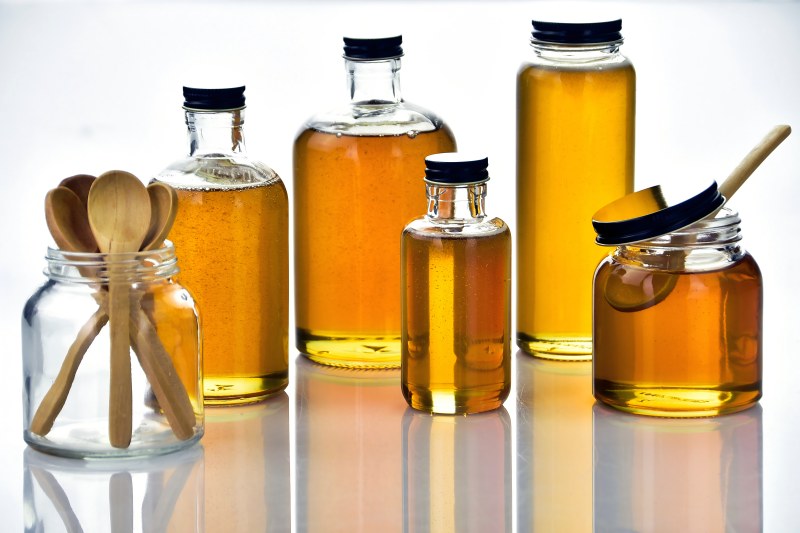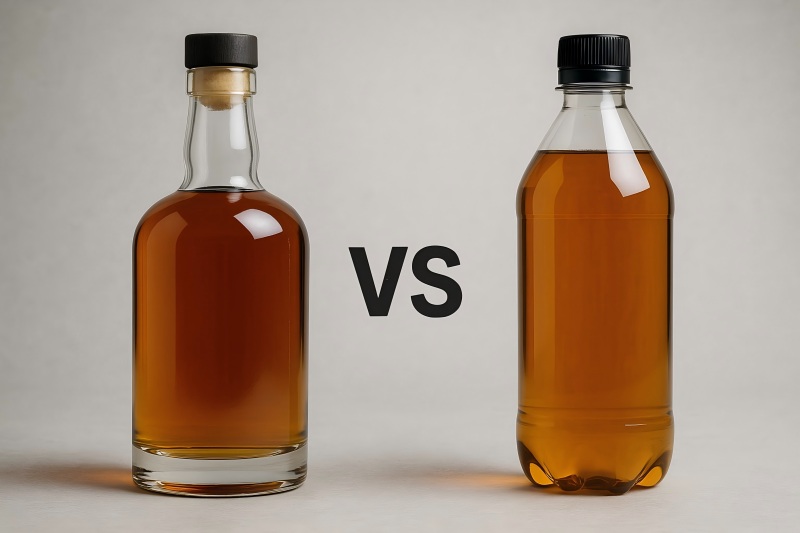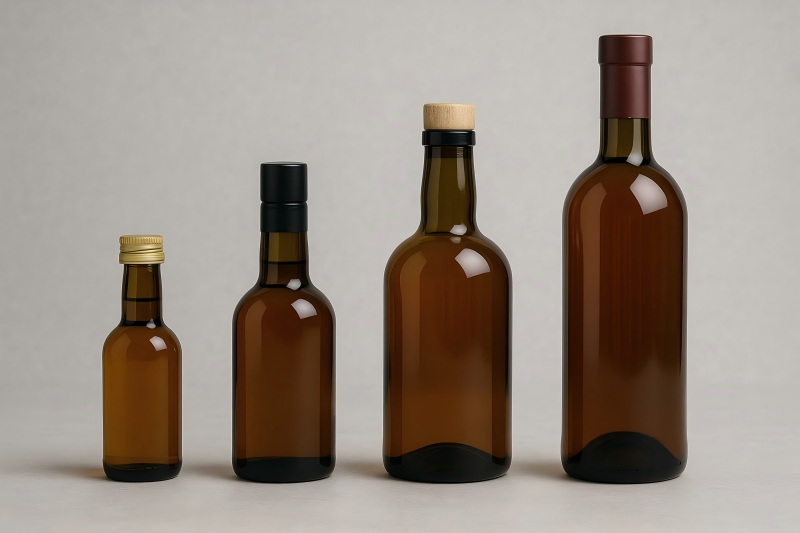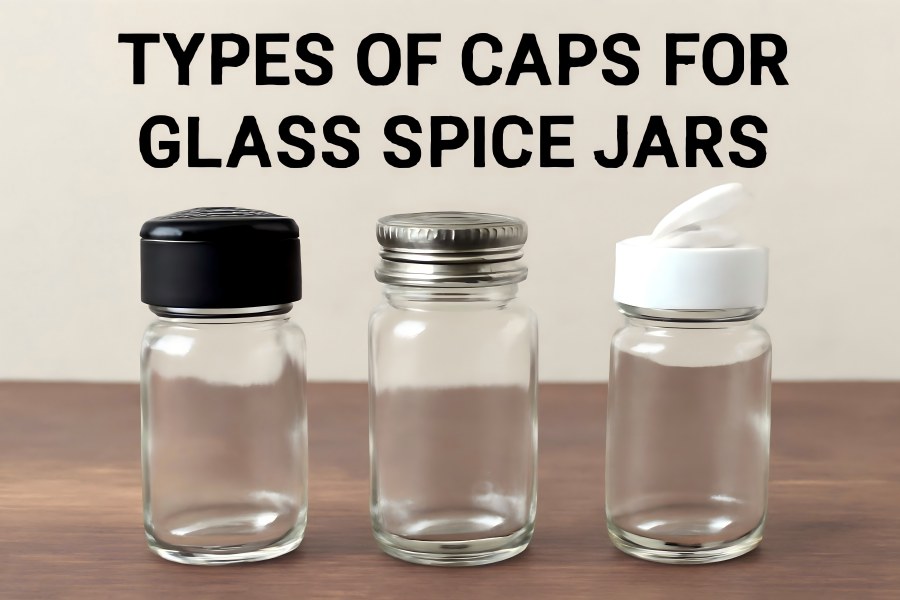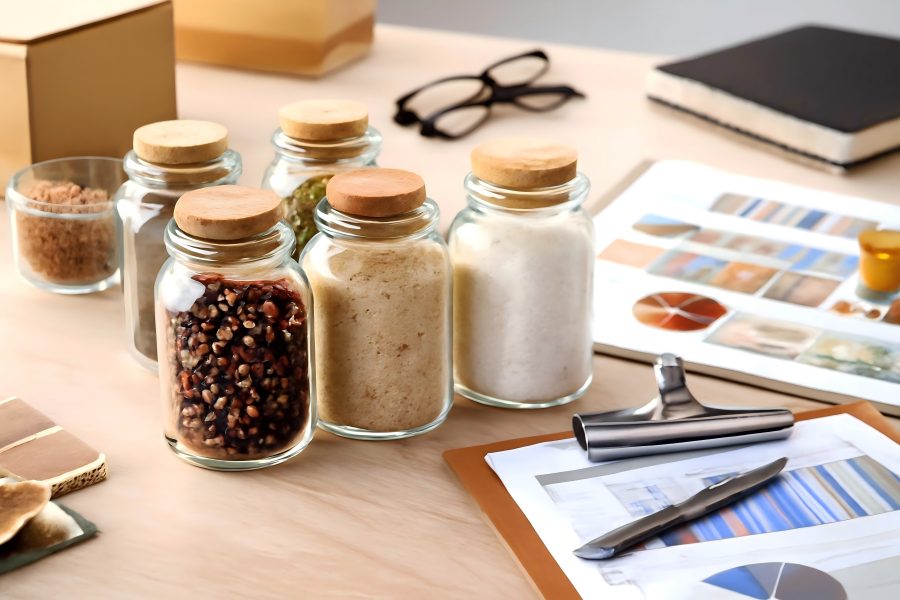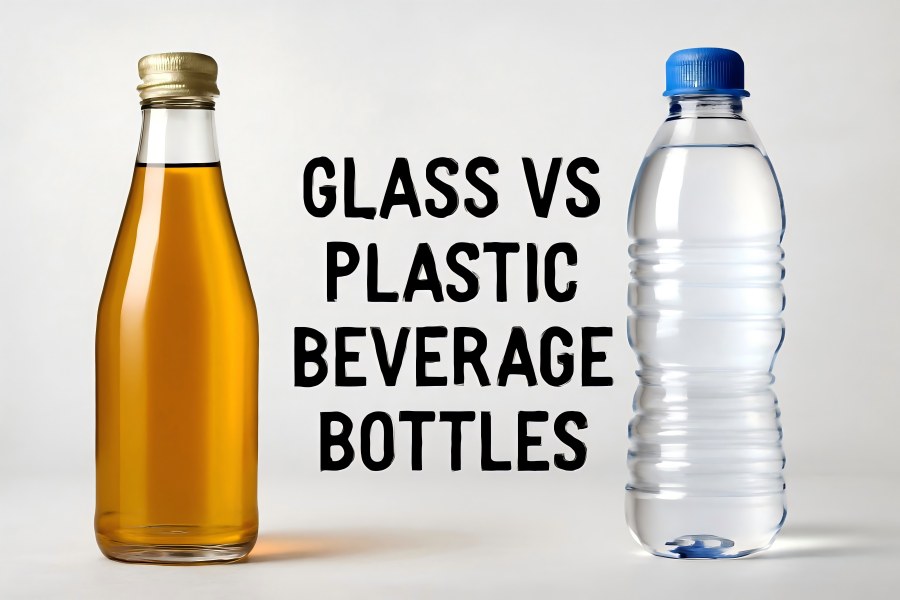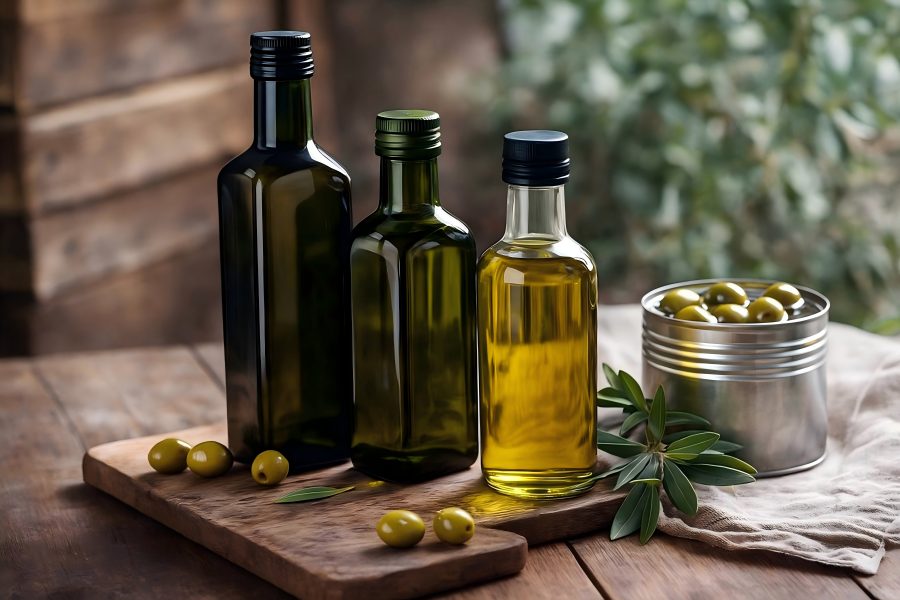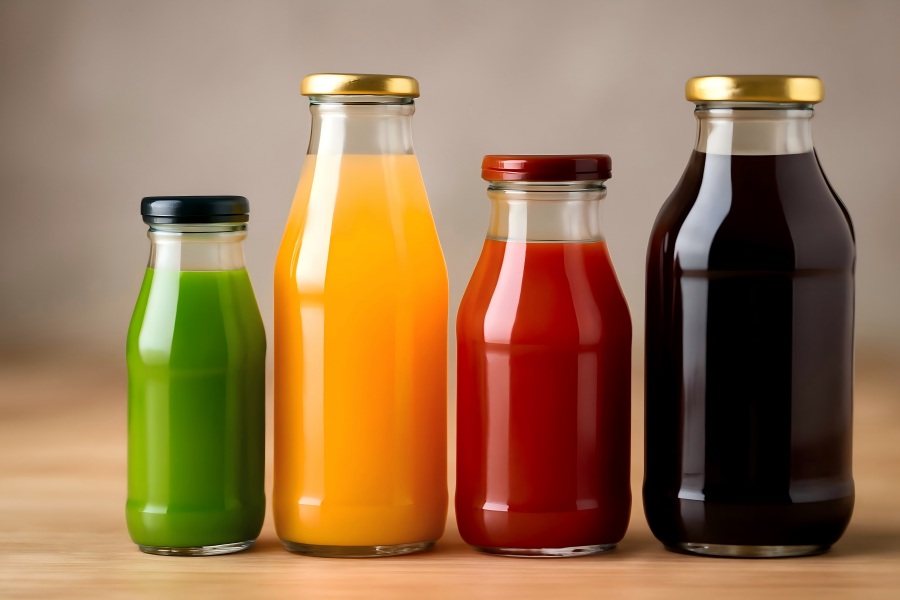How to Choose the Best Glass Diffuser Bottle: 7 Key Factors
In the booming home fragrance and wellness market, glass diffuser bottles now play a key role in brand identity, user experience, and sustainability. With rising demand for aromatherapy, choosing the right bottle is vital for manufacturers, startups, and DIY makers.
This guide covers seven key factors to help you select the best glass diffuser bottle—shaping scent quality, design impact, safety, and eco goals.
Shape and Design
The shape of a glass diffuser bottle is more than just a design decision—it affects everything from scent throw and stability to branding and shelf visibility.
Common Bottle Shapes
| Shape | Description | Usage Scenarios |
| Cylindrical | Round and balanced | Common for modern and classic aesthetics |
| Square | Stable base, sharp lines | Premium or contemporary product lines |
| Conical | Narrow neck, wide base | Elegant luxury diffusers |
| Bell-Shaped | Smooth contours, vintage or premium look | Boutique or decorative spaces |
| Rectangular | Compact, label-friendly | Small-scale or personalized products |
| Custom Shapes | Unique, mold-specific designs | Signature or seasonal collections |
Impact on Diffusion and Safety
- Base Width: A wider base ensures better stability, reducing the risk of tipping over—especially with tall reed sticks.
- Neck Shape: Determines airflow and scent throw. A narrow neck slows diffusion, while a wider opening accelerates it.
- Visual Perception: Tapered or uniquely shaped bottles can appear larger or more luxurious without actually using more material.
Market Example
Luxury diffuser brands like Jo Malone or Diptyque use custom-shaped, embossed glass bottles to distinguish themselves from commodity diffusers. Their designs often evoke elegance and exclusivity—instantly recognizable on a shelf.
Pro Tip: Select a form that complements the positioning of your brand. Want an earthy, artisan vibe? Opt for rounded or recycled-glass looks. Going premium? Use weighted square or teardrop shapes with frosting or engraving.
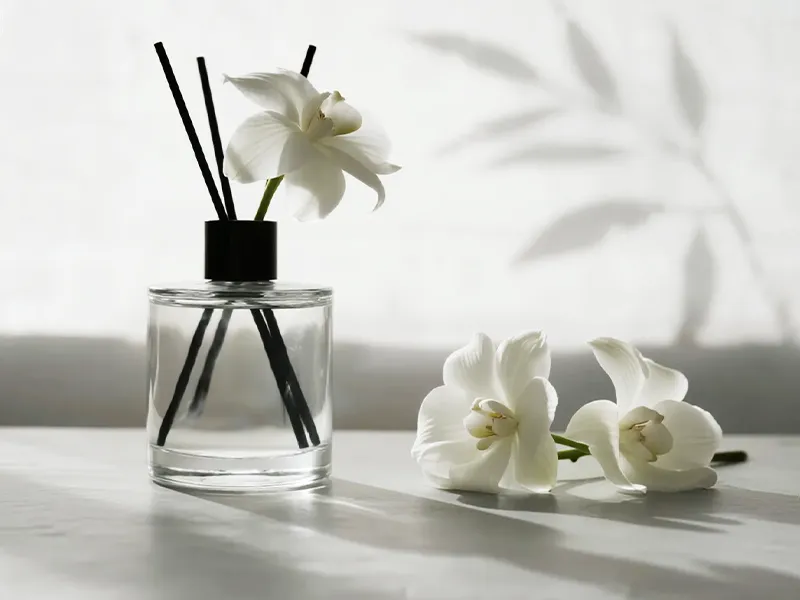
Volume and Capacity
Diffuser bottle size determines how long the product lasts, how much fragrance oil it holds, and the price point it supports.
Standard Size Ranges
| Capacity (ml) | Best Use Cases |
| 30–50 ml | Hotel rooms, sampling, gift sets |
| 100 ml | Standard household use (bedrooms, offices) |
| 150–200 ml | Longer-lasting products |
| 250+ ml | Large open spaces, luxury or commercial use |
Choosing the Right Size
- Usage Duration: A 100 ml bottle can typically last 6–8 weeks, depending on the fragrance oil and reed quantity.
- Room Size: Larger rooms or open areas may require 150–250 ml to maintain a consistent aroma.
- Customer Refill Preferences: Small bottles are ideal for refill programs or rotating scents. Bigger bottles offer convenience for long-term use.
Scaling Considerations
If your product line spans multiple usage scenarios, consider offering a range of sizes: 50 ml for travel, 100–150 ml for homes, and 300 ml+ for spas or lobbies.
Pro Tip: Ensure the bottle capacity aligns with both consumer expectations and your pricing model. Larger volumes increase perceived value—but only if the glass and accessories are equally premium.
Material and Glass Quality
The quality of glass used in diffuser bottles is crucial for safety, durability, and visual appeal. It also impacts the preservation of volatile aromatic compounds, which can degrade under exposure to light or reactive materials.
Common Glass Types
| Glass Type | Characteristics | Best Used For |
| Soda-Lime Glass | Most common, affordable | Mass production, entry-level products |
| Borosilicate Glass | Thermal shock resistance, clarity | Premium or refillable diffuser bottles |
| Colored Glass | Amber, blue, black for UV protection | Organic or light-sensitive formulations |
| Frosted / Matte | Decorative, soft look | Luxury or boutique branding |
| Recycled Glass | Eco-conscious production | Sustainable product lines |
Key Properties to Assess
- Clarity: Clear glass shows off fragrance, color, and fill level.
- Weight: Thicker, heavier glass conveys quality but increases logistics cost.
- Scratch Resistance: Important for shelf life and consumer satisfaction.
- Chemical Resistance: Essential when using high-concentration essential oils.
Material Finish Options
- Polished: Smooth, transparent surface.
- Frosted: Acid-etched or sand-blasted for soft aesthetics.
- Spray-colored: Coated with custom hues like metallic, matte, or gradient.
- Printed/Etched: Logo branding directly onto the surface.
Pro Tip: Always request samples and test glass performance with your actual fragrance formula to avoid potential chemical interactions or discoloration.
Neck Size and Closure Compatibility
The neck size and finishing determine not only aesthetics but also how well the bottle works with reeds, stoppers, and sealing caps. It directly impacts fragrance diffusion and safety during transport.
Common Neck Sizes
| Neck Diameter | Suitable Reed Types | Closure Types |
| 13–15 mm | Thin reeds (2–4 mm) | Plug caps, aluminum screw caps |
| 16–18 mm | Medium (3–5 mm) | Corks, wood caps, stoppers |
| 20–24 mm | Thick reeds (5–6 mm) | Luxury wooden closures |
Neck Finishes
- Screw Neck: Allows secure sealing with threaded caps. Ideal for e-commerce or refillable use.
- Cork Neck: Rustic appearance, less tight but decorative. Often paired with handmade diffusers.
- Snap Neck / Crimp Neck: Less common; usually for automated filling/sealing lines.
Accessories Compatibility
- PE Plugs or Orifice Reducers: Prevent leakage or evaporation.
- Decorative Collars: Add a premium finish and hide threading.
- Sealing Wax or Shrink Bands: Tamper-evident options for high-value products.
Important: Always test the interaction of your reed diameter, oil viscosity, and neck opening. Too tight, and oil won’t diffuse; too loose, and reeds may fall or over-diffuse.
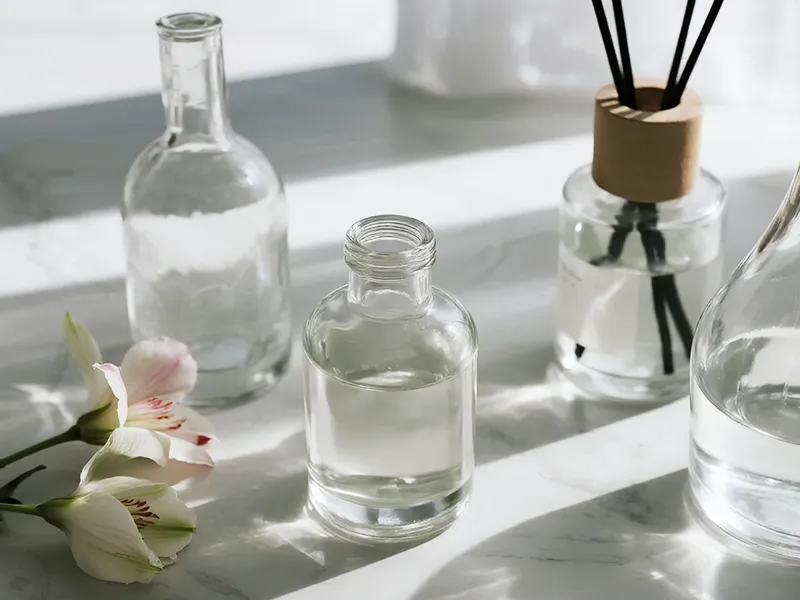
Visual Branding and Customization
In a market saturated with similar products, visual distinction is everything. The design of your diffuser bottle must support brand recognition and customer loyalty while staying practical and elegant.
Branding Elements
| Custom Feature | Description | Cost Impact |
| Embossing | Raised logos or textures molded into the glass | Moderate to High |
| Screen Printing | Ink printing of logos/text | Low to Moderate |
| Labeling | Die-cut labels, foil stamping, waterproof inks | Low to Moderate |
| Packaging Sets | Matching boxes, reeds, funnel, sealing accessories | Medium to High |
| Color Matching | Custom tints to match brand palette | Moderate |
Matching with the Target Audience
- Luxury Buyers: Prefer heavier glass, matte finishes, and minimalist fonts.
- Eco-Conscious Consumers: Like recycled glass, biodegradable closures, and refill kits.
- Young/Modern Buyers: Clear bottles, fun colors, bold graphic labels.
Case Study: A brand chose neon gradient diffuser bottles with laser-cut acrylic labels and sold out within weeks due to the distinctive “Instagrammable” appearance.
Pro Tip: Don’t overdesign. Clean lines and thoughtful details go further than overcrowded visuals or gimmicks.
Functionality and Performance
It’s not enough for a diffuser bottle to look good—it needs to perform well. This means consistent fragrance throw, long-lasting diffusion, safe handling, and ease of use.
Key Functional Metrics
| Factor | Performance Impact |
| Diffusion Rate | Affects how fast the scent disperses |
| Oil Absorption | Glass should be inert and non-porous |
| Tipping Resistance | Ensures safety and stability in households |
| Ease of Cleaning | Matters for refillable products |
| Heat Resistance | Important in hot climates or bathroom settings |
Compatibility Testing
- Oil Viscosity: Thicker oils require larger necks or softer reeds.
- Room Conditions: Air conditioning, humidity, and air flow can impact evaporation rates.
- User Behavior: Consider how easy it is to refill or replace reeds.
Pro Tip: Conduct a 30-day “burn test” using your final oil formulation and reeds in the bottle. Measure evaporation, scent longevity, and visual changes.
Sustainability and Environmental Impact
Sustainability is now a must. Customers want environmentally friendly packaging, and stores frequently mandate it. Fortunately, glass diffuser bottles can be among the most sustainable choices if sourced and packaged responsibly.
Key Sustainability Indicators
| Factor | Importance |
| Recyclability | 100% recyclable if clear, untreated glass |
| Refillability | Encourages circular economy |
| Renewable Accessories | Wooden caps, natural reeds, paper labels |
| Local Sourcing | Reduces carbon footprint from logistics |
| Certification | ISO 14001, REACH, RoHS, FSC for packaging |
Sustainability Certifications
- REACH / RoHS: Ensures no hazardous chemicals in manufacturing.
- ISO 14001: Indicates the manufacturer follows sustainable practices.
- FSC-Certified Packaging: Verifies responsible paper sourcing.
Sustainable Strategy:
- Offer refill pouches or refilling stations.
- Use recycled or upcycled glass wherever possible.
- Choose biodegradable or reusable outer packaging.
Pro Tip: Promote sustainability benefits in your marketing. It enhances brand loyalty, particularly among younger consumers who prioritize eco-conscious purchasing.
Additional Tips for Buyers and Brands
Cost Considerations
- MOQ (Minimum Order Quantity): Many glass suppliers require minimum purchases (1,000–10,000 units).
- Mold Fees: Custom shapes require upfront investment in mold creation.
- Freight & Breakage: Glass is heavy and fragile; packaging and palletization matter.
Supply Chain Tips
- Partner with experienced glass suppliers with quality control teams.
- Request COAs (Certificates of Analysis) and batch testing reports.
- Always inspect a sample from the actual batch before shipment.
Innovation Ideas
- Launch limited-edition designs with seasonal artwork.
- Offer mix-and-match bottle and reed kits.
- Use the QR codes on bottles to connect to refill subscriptions or scent stories.

